Abstract:
Our negative impact on the planet has been growing exponentially over the last two centuries. Man made pollution has taken many forms and was initially quantified by that which we can see: Smog, Landfills, Islands made of plastic and so on. It was not until the last half century that we began to notice the categories of pollution that are invisible to the naked eye, such as Co2 emissions and micro-dust particles.(1) Micro-dust is linked to many ailments, specifically lung and brain related complications that can result in Alzheimer’s and even death.(2) Recently, investigations into reducing the levels of micro-dust have been successful on many accounts which has led me to this point.(3) This experiment consists of testing the presence of micro-dust on edible greens that will be used as a agrarian facade of a housing project. The expectation is that this facade will reduce the amount of micro-dust that passes through into the habitation due to the nano structure of the leafs. After testing multiple types of edible greens the conclusion that they are effective at high levels of particle capture.
Materials and Methods:
1) Edible Greens:
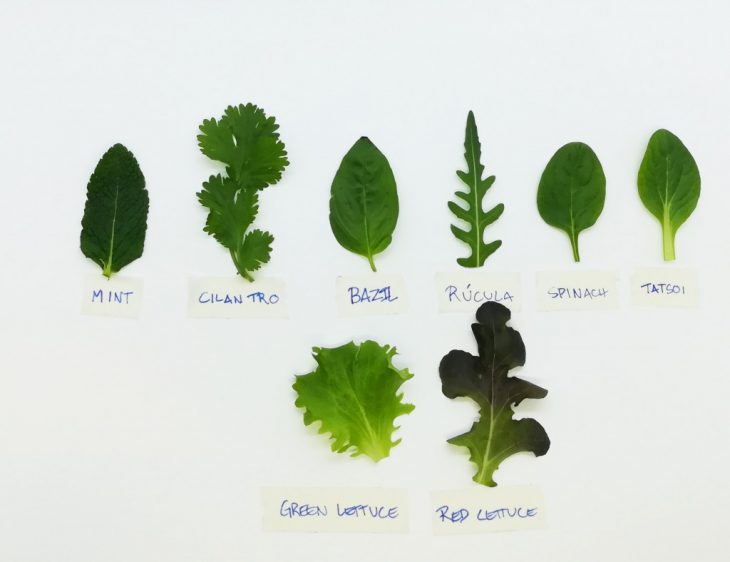
2)Container:
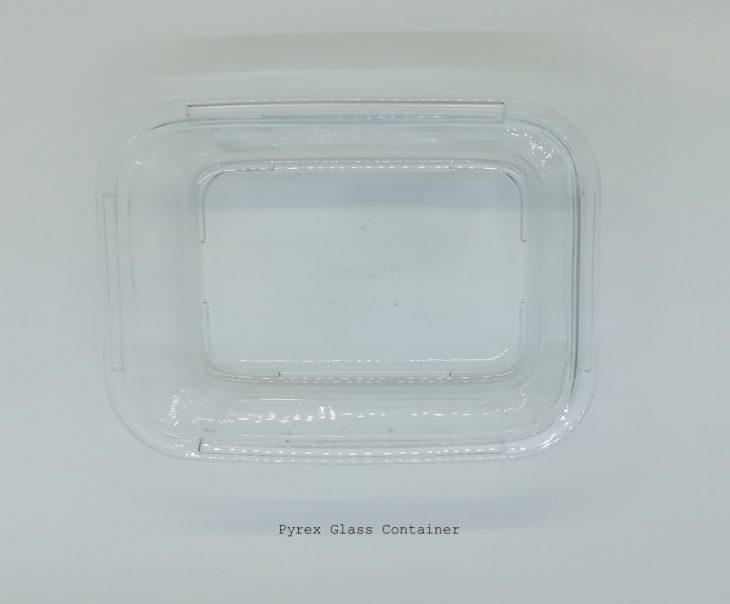
3)Syringe:
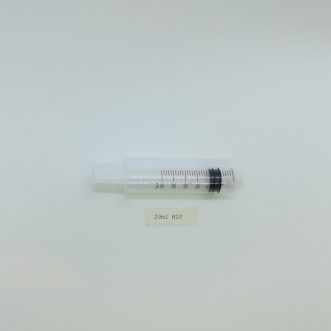
4)20 ml Distilled Water.

5)Dispersal Medium:
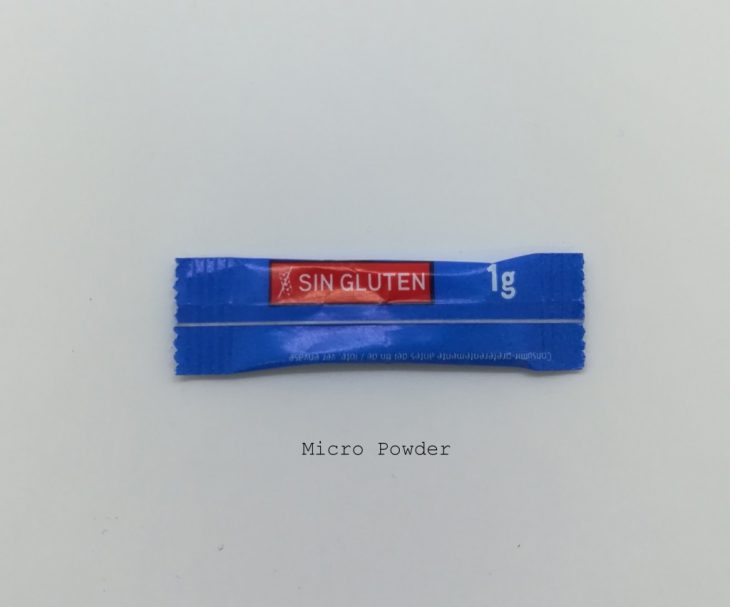
The experiment is designed to be conducted in a kitchen environment.
a) Place the edible green in a closed environment (box).
b) Crush medium into the finest achievable consistency.
c) Blow fine powder into the closed environment using a fan to ensure even and consistent dispersion.
d) While the dust settles: measure 20 ml of H20 into the Pyrex dish.
e) Carefully wash the leaf in the bath.
f) Place the Pyrex dish in oven at 230°C until H20 evaporates.
g) Using a spatula, carefully scrape the crystallized residue from the dish.
h) Measure resulting matter with a scale object (5 cents)
Results:
Control:


Mint:
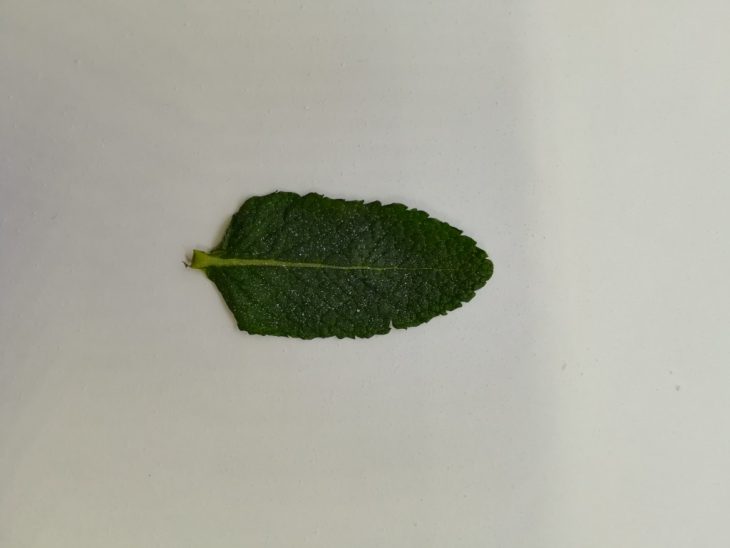

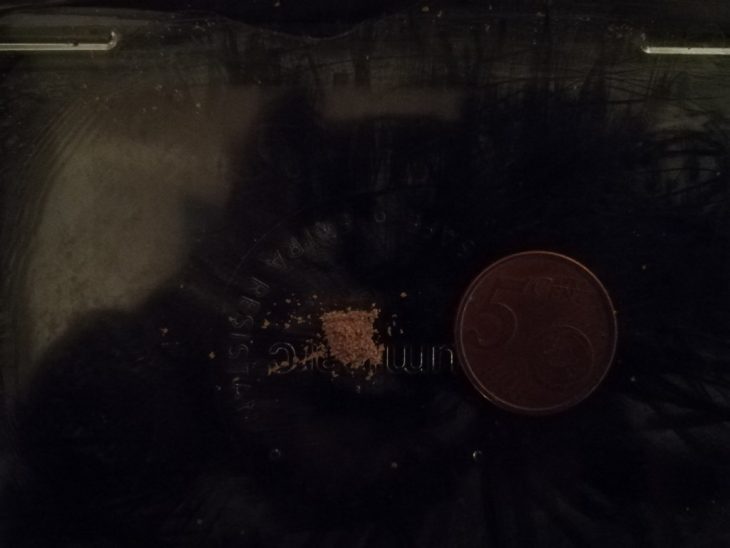
Bazil:
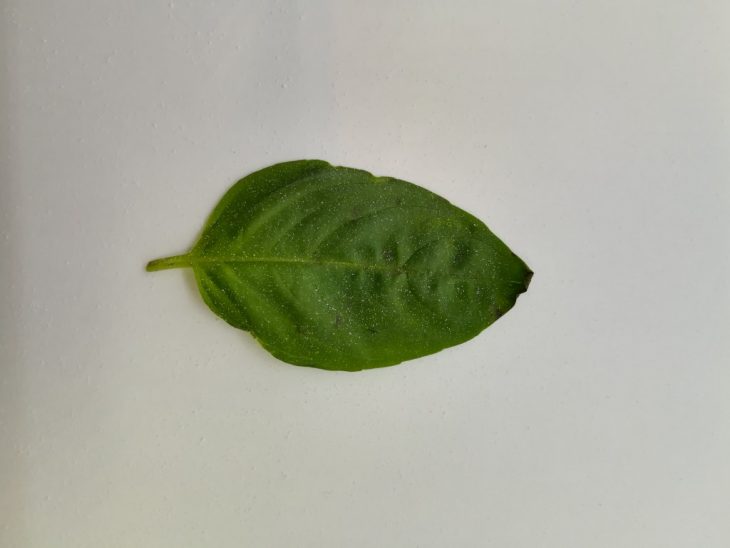

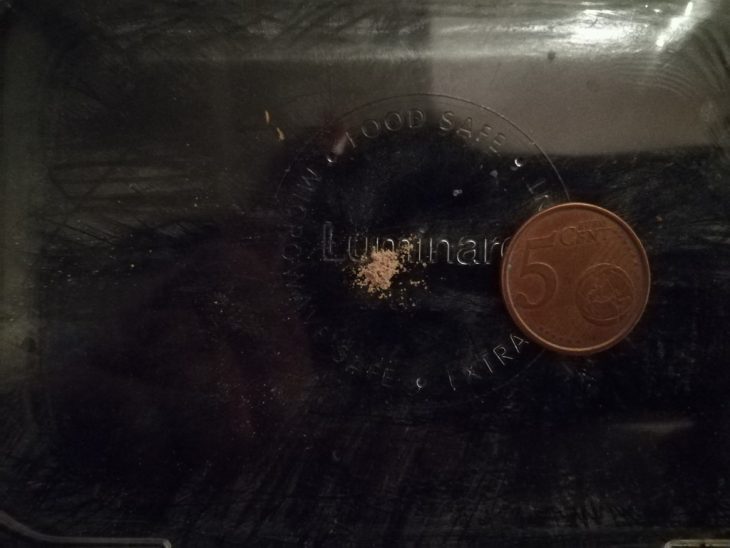
Cilantro:
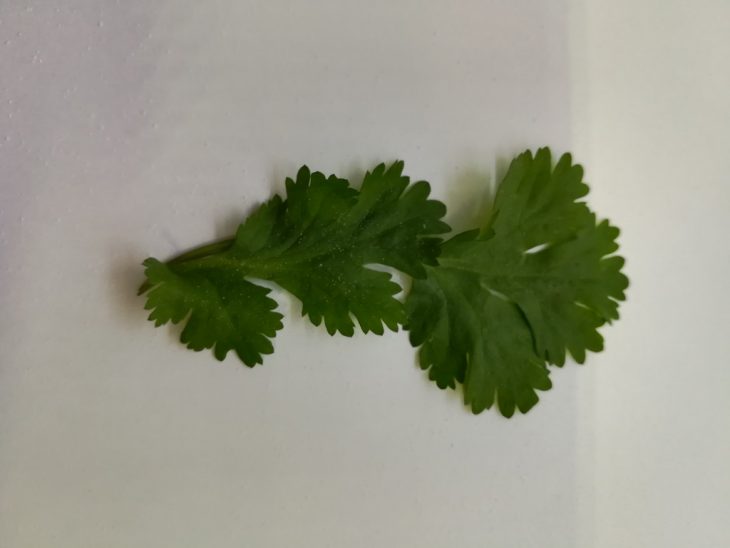

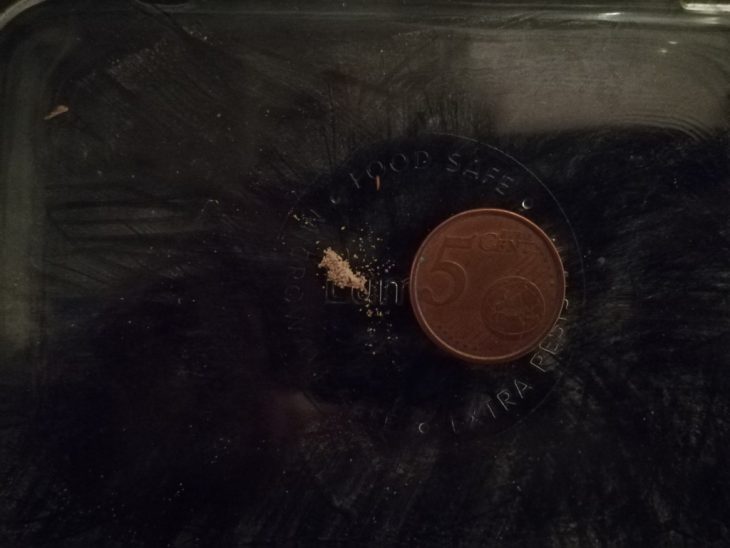
Conclusion:
After reviewing the control, in relation to the scale of the logo on the dish, it is clear that a small amount of white matter is present in the distilled water that has been used for this experiment. After reviewing the matter recovered from the tests following the control, it is evident that the mass is slightly greater than the control and the color is different indicating the presence of the dispersion medium.
Regarding the specific results, the mint seems to have captured the highest level of micro dust. One can hypothesize that the topography of the leaf provides larger surface area than the others, thus acting as a better capture device. Edible greens are an effective method of micro-dust capture. Although the level of capture vary’s, each subject is successful. Further experimentation would entail a detailed analysis of the different leaf structures which would inform the placement of different edible greens on specific areas of the facade. This zoning would be specific to the areas with greater exposure to wind.
References:
- Levitus, S., J. I. Antonov, T. P. Boyer, O. K. Baranova, H. E. Garcia, R. A. Locarnini, A. V. Mishonov, et al. 2012. “World Ocean Heat Content and Thermosteric Sea Level Change (0-2000m), 1955-2010.” Geophysical Research Letters 39 (10):n/a-n/a.
https://doi.org/10.1029/2012GL051106.
- Underwood, Emily. 2017. “The Brain Pollution: Evidence Builds That Dirty Air Causes Alzheimer’s, Dementia.” Science. January 26, 2017.
https://doi.org/10.1126/science.aal0656.
- Mo, Li, Zeyu Ma, Yansen Xu, Fengbin Sun, Xiaoxiu Lun, Xuhui Liu, Jungang Chen, and Xinxiao Yu. 2015. “Assessing the Capacity of Plant Species to Accumulate Particulate Matter in Beijing, China.” PLoS ONE 10 (10). Public Library of Science:e0140664.
https://doi.org/10.1371/journal.pone.0140664.
Seminar: Biology
Tutor: Núria Conde Pueyo
Student: Keesje Avis